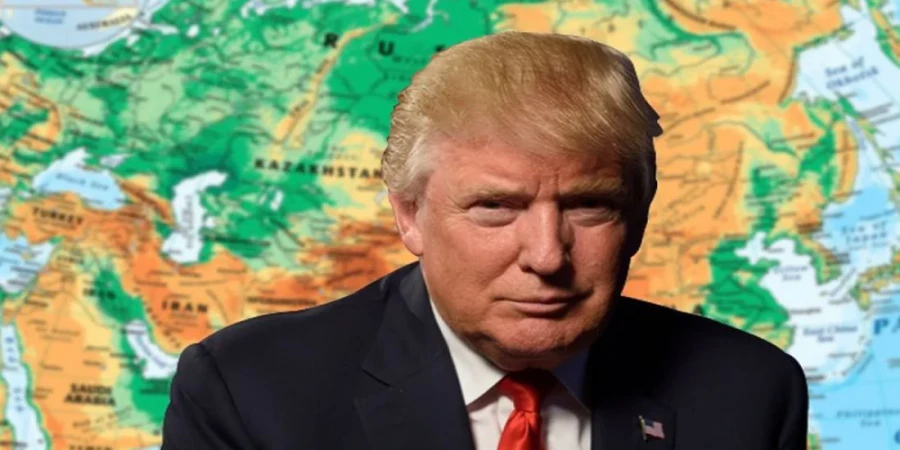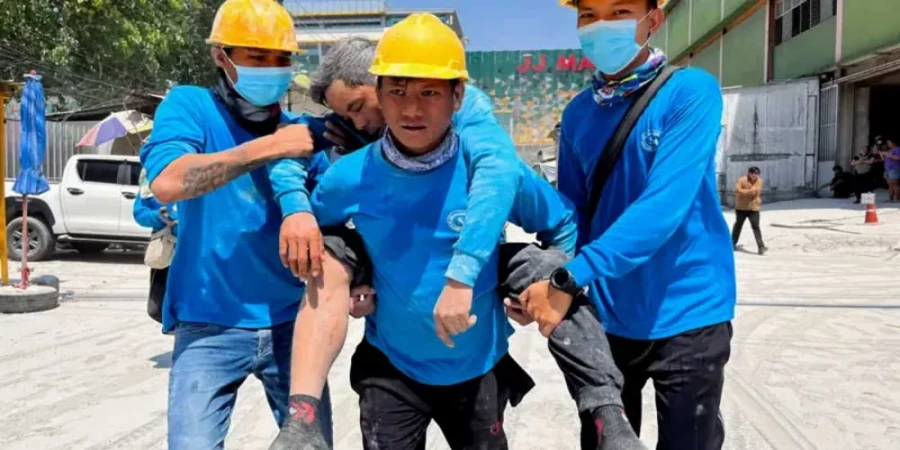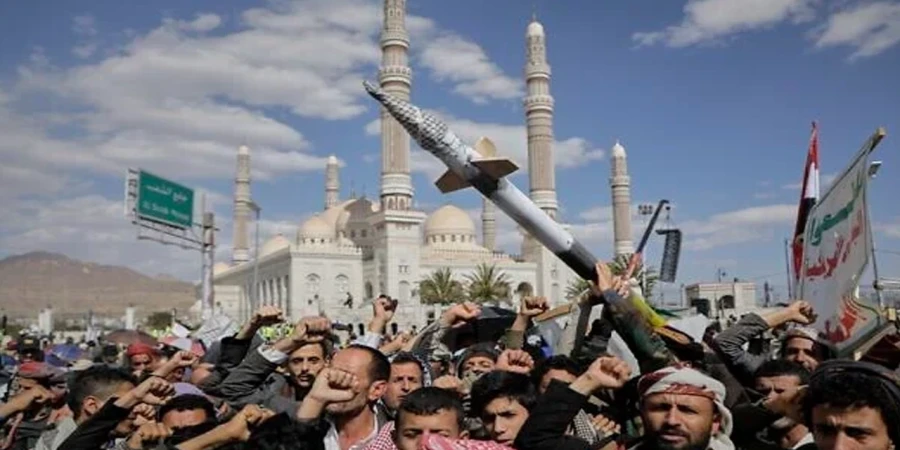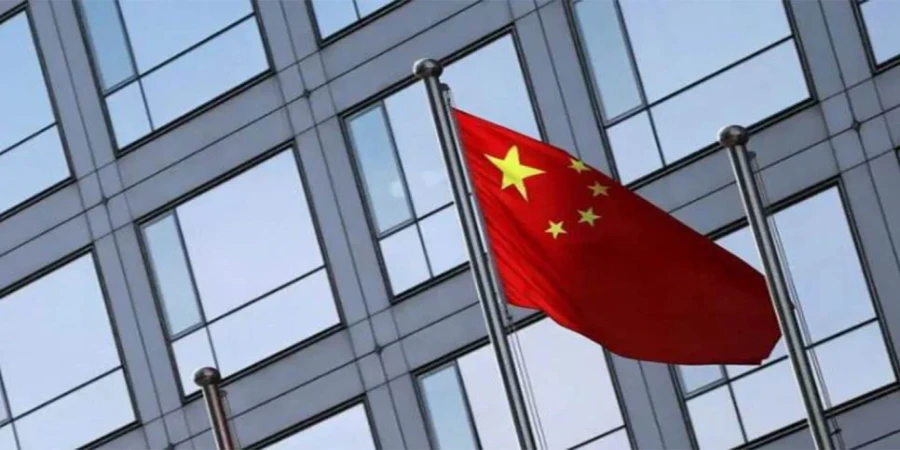
ছবি: Photo: Collected
As the world anticipates the potential return of Donald Trump to the White House, global political analysts are contemplating its implications on migration, trade, defense, climate policies, and the economy. A critical question revolves around whether Trump’s administration will reengage with Asia, particularly Southeast Asia, where geopolitical dynamics have become increasingly complex. Myanmar, with its significant natural resources and strategic position, remains a point of contention in the Indo-Pacific strategy.
During his first term, Trump’s policies focused heavily on America-first principles, often sidelining Southeast Asia in favor of more pressing global issues. Analysts predict that a second Trump presidency may continue to deprioritize regions like Myanmar, especially as Washington remains preoccupied with the growing rivalry with China. However, Myanmar’s abundant mineral wealth and strategic importance could potentially attract the new administration’s attention, especially as these resources predominantly flow into China.
Myanmar’s political turbulence has remained a consistent challenge for U.S. foreign policy. Since the 2021 coup, the country has plunged into chaos under military rule, drawing international condemnation and sanctions from the United States. Historically, U.S. engagement in Myanmar dates back to 1988, when the military brutally suppressed a pro-democracy uprising. This prompted the U.S. to support opposition leader Aung San Suu Kyi and impose sanctions on the military regime.
The Obama administration attempted to reverse this isolation by lifting sanctions prematurely and engaging with Myanmar under its "Pivot to Asia" policy. Obama’s visits in 2012 and 2014 symbolized a renewed effort to integrate Myanmar into a broader democratic framework. However, the country has since descended into political and economic turmoil, with its military junta aligning itself closely with Russia, China, and even countries like North Korea and Iran. These alliances pose significant challenges to democratic movements and U.S. influence in the region.
Trump’s first term demonstrated little interest in Myanmar’s human rights or democracy issues, prioritizing trade and security concerns instead. However, the growing demands of Myanmar’s pro-democracy activists and opposition leaders might compel a second Trump administration to pay closer attention to the region. Still, there are no guarantees of how or whether U.S. assistance will materialize.
In 2022, the U.S. Congress passed the Burma Act, aimed at supporting Myanmar’s democratic aspirations. Despite its passage, its implementation has yet to make a noticeable impact. The lack of interest from key U.S. policymakers, particularly within the State Department, suggests that Myanmar may remain a lower priority in Washington’s broader Southeast Asian strategy under a Trump administration.
China’s growing influence in Myanmar and Southeast Asia could further complicate U.S. engagement. China’s strategic investments in Myanmar’s infrastructure and its geographical proximity allow Beijing to maintain a stronghold in the region. This expansion of China’s political, military, and economic power poses a significant challenge to U.S. interests, making American disengagement from Myanmar an opportunity for Beijing to solidify its dominance.
Trump’s potential return to power also raises questions about the Indo-Pacific strategy. Since its unveiling in February 2022, this framework has aimed to counter China’s influence while promoting a free and prosperous Indo-Pacific region. The Indo-Pacific is a critical area, representing 60% of global GDP and two-thirds of the world’s economic growth. For the United States to maintain its leadership, it cannot afford to withdraw from the region.
Senator Marco Rubio, reportedly a frontrunner for the position of Secretary of State under a Trump administration, may adopt a more aggressive stance toward China. If Rubio chooses to address Myanmar’s democratic and human rights issues, it could signal a shift toward a values-driven foreign policy. Myanmar could serve as a key example of how U.S. leadership can counter authoritarianism and promote democracy in Southeast Asia. However, whether this approach will go beyond symbolic measures remains uncertain.
The stakes are high for Myanmar’s democratic forces, who look to the United States for strong international support. Without significant U.S. involvement, Myanmar’s opposition faces a daunting task in countering China’s influence and the junta’s oppressive rule. For the U.S., reengaging with Myanmar could reinforce its leadership in the Indo-Pacific while countering China’s strategic advances in the region.
Trump’s signature slogan, "Make America Great Again," implies a return to assertive global leadership. However, any meaningful engagement with Myanmar will require prioritization within U.S. foreign policy—a challenging prospect given the myriad of global issues demanding attention. Myanmar’s role in the Indo-Pacific strategy cannot be ignored, as its instability under military rule threatens the vision of a free and prosperous Indo-Pacific. Whether Trump’s America will address this challenge remains an open question.
repoter






